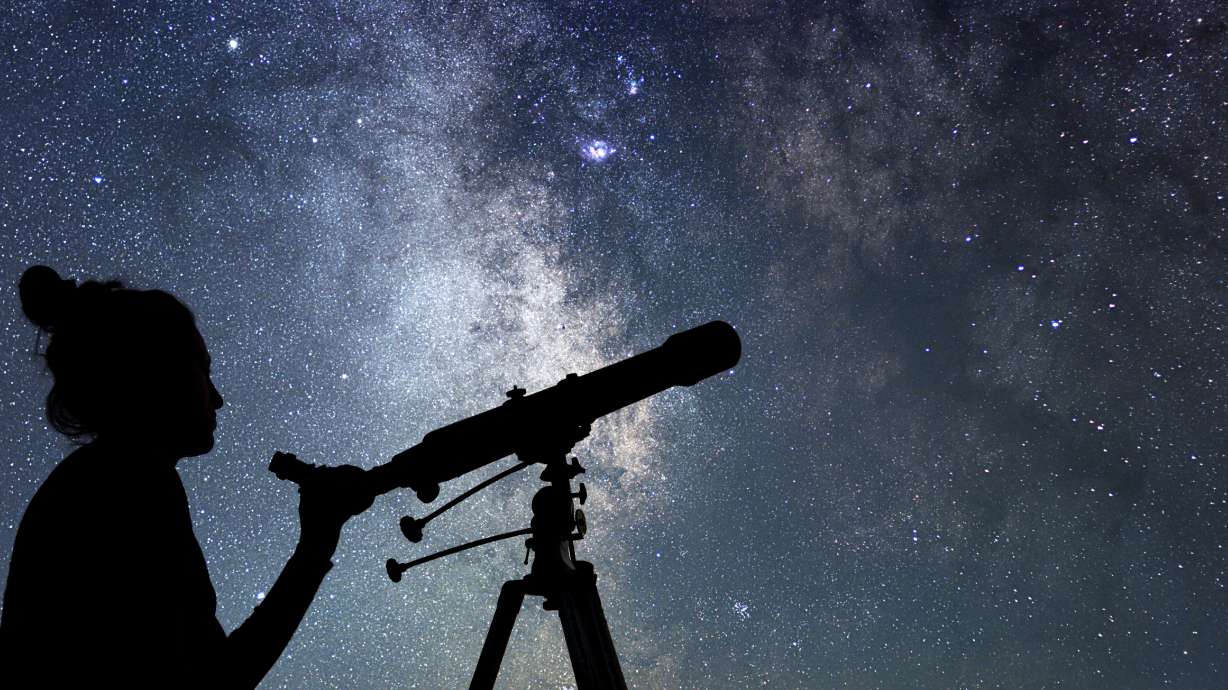Estimated read time: 2-3 minutes
This archived news story is available only for your personal, non-commercial use. Information in the story may be outdated or superseded by additional information. Reading or replaying the story in its archived form does not constitute a republication of the story.
SALT LAKE CITY — Stargazers will be able to see one of the brightest comets in recent memory over the next few days.
Comet 46P, also known as Wirtanen, will pass closest to the sun tonight and will pass closest to the earth on Dec. 16, according to Joe Bauman, coordinator for the Utah Astronomy Club.
“This particular time, it’s coming extremely close to earth in terms of comets,” Bauman said. “That means it’s a lot easier to see and brighter.”
Comet 46P revolves around the sun and becomes visible every five or six years, according to Bauman.
The comet is visible in the night sky now and will be visible for the next week or so. From Saturday to Tuesday, the comet will be visible between two star clusters, the Hyades and the Pleiades, according to Bauman.
The best way to find Comet 46P is to find the Pleiades cluster first, Bauman said. It’s visible in the southeast sky about 10 degrees above the horizon and looks like a small dipper. The cluster moves west across the sky throughout the night.
Though the comet is relatively bright, it is “diffuse,” meaning that its brightness isn’t concentrated in one specific point in the sky, according to Bauman. Rather, it’s spread out and appears green, he said.
“It’s like a sphere that’s pretty green,” Bauman said. “It’s actually quite large.”
It may be visible with the naked eye, but Bauman recommends bringing a pair of binoculars or a telescope for the best chance to see the comet. It’s also helpful to get away from city lights and make sure the sky will be clear if you’re stargazing, he said.
One member of the Utah Astronomy Club who lives near Moab was able to view the comet, Bauman said. That person was on the outskirts of town and wasn’t fully out of range of Moab’s light pollution, but he was still able to see the comet.
The Utah Astronomy Club is a relatively new group that now has about 250 members, Bauman said.
Several of the members were able to view Comet 46P recently at the University of Utah physics building, Bauman said. The university owns a telescope near Milford in Beaver County, and members of the group were able to snap some photographs of the comet using that telescope, Bauman said.
“It’s very strange because it’s so incredibly green and it’s very diffuse,” he said.









